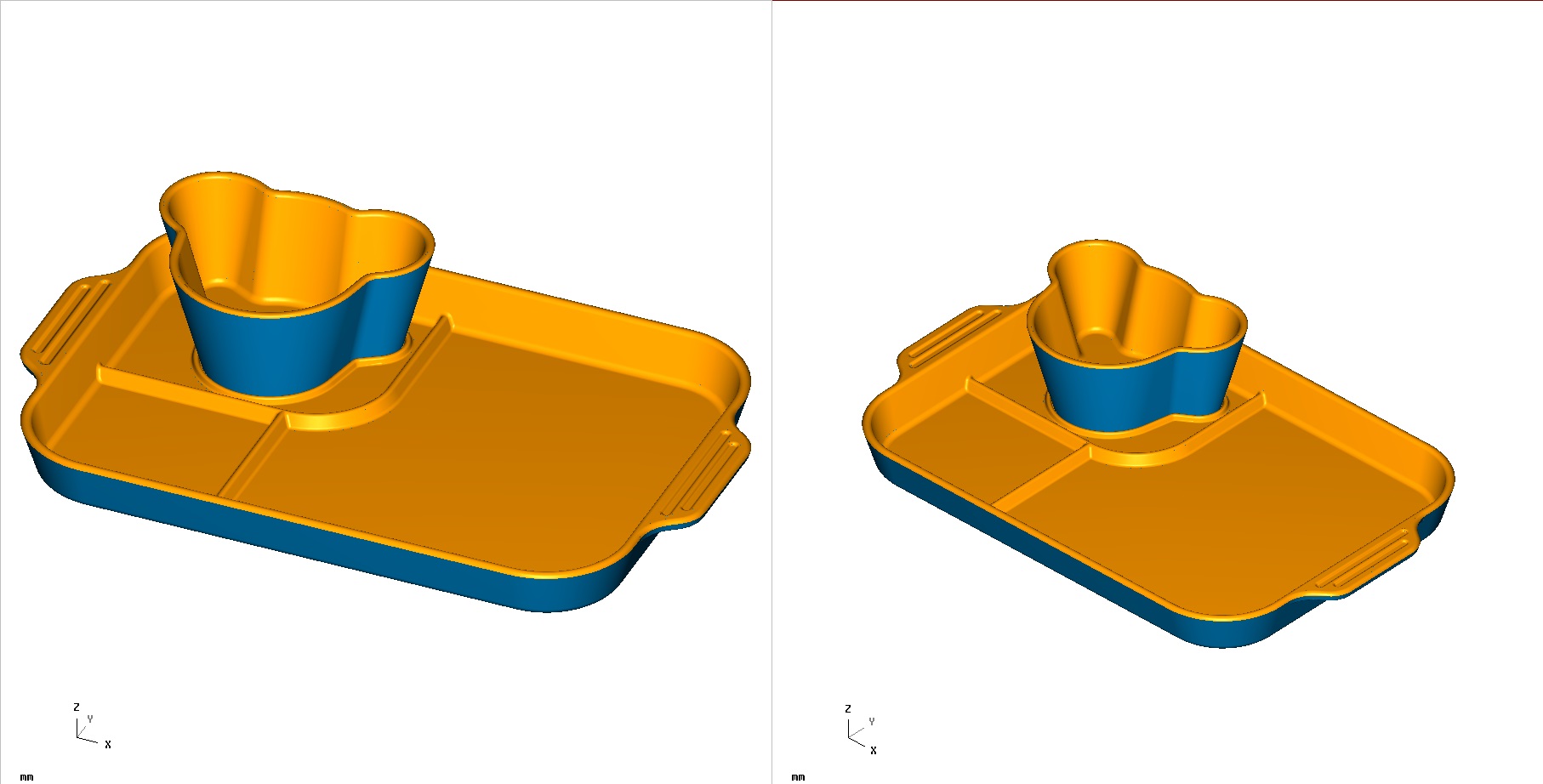
China Hospitality Expo (che) es un evento anual para la industria hotelera china con raíces en el sur de China, que ofrece soluciones de ventanilla ún...
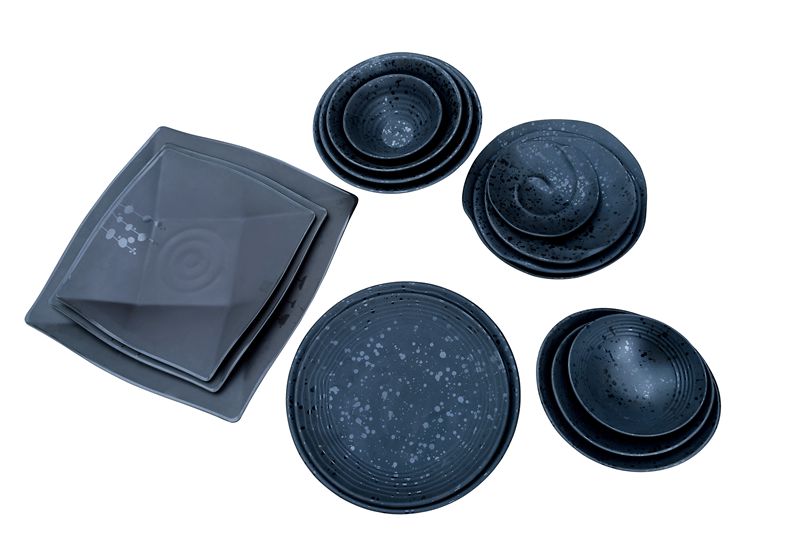
hotelex shanghai se llevará a cabo del 1 al 4 de abril de 2019 en el nuevo centro internacional de exposiciones de shanghai (2345 longyang road, pudon...

Exposición internacional de la industria del plástico y el caucho de Ucrania Tiempo de exposición: 4-7 de octubre de 2019. lugar: europa - ucrania ind...
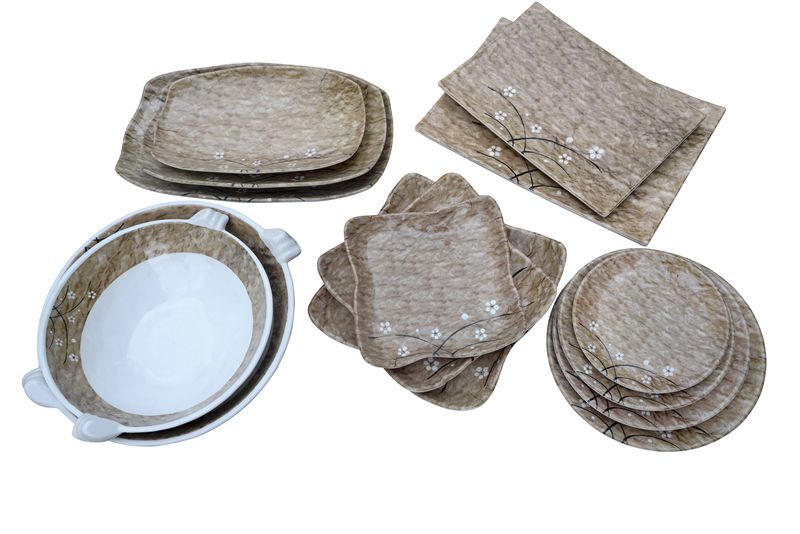
Exhibición de tecnología de materias primas y equipos de producción de plásticos internacionales y kazajstán almaty tiempo de exposición: marzo de 202...
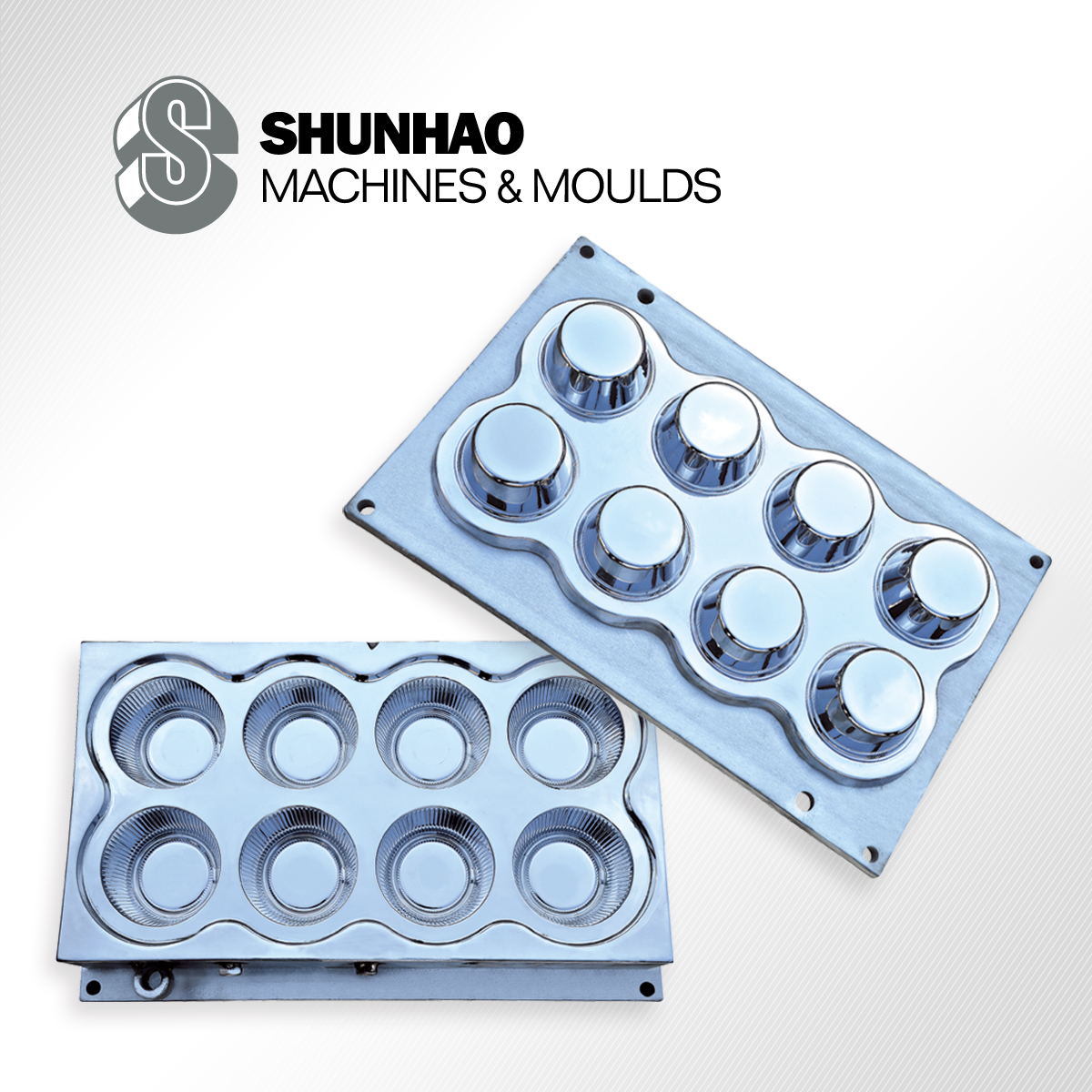

prev :
Introduction1 of 136H steel For Melamine Tableware Moldsiguiente :
718H Mould Steel-Introduction 2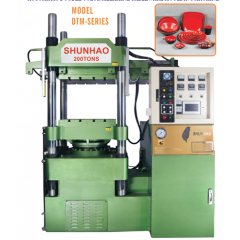 precio de fábrica máquina de moldeo de vajillas de melamina con doble color
precio de fábrica máquina de moldeo de vajillas de melamina con doble color
nuestra máquina es adecuada para melamina, urea, baquelita, fibra y otra producción de material termoestable de productos de vajilla.
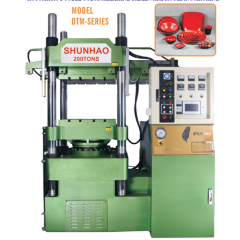 máquina de compresión automática de vajilla de melamina
máquina de compresión automática de vajilla de melamina
esta máquina es adecuada para todo tipo de compuestos de moldeo de melamina y compuestos de moldeo de urea, como la placa de melamina, el recipiente de melamina y la bandeja de melamina.
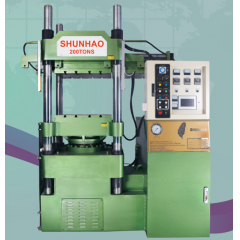 Máquina de moldeo de vajillas de melamina 2color
Máquina de moldeo de vajillas de melamina 2color
adecuado para la melamina, urea, baquelita, producción de fibra y otros materiales termoendurecibles de productos de vajilla. tal como tazón, taza, plato, palillos chinos, cuchara, plato, caja de torta, imitación de almidón porcelana vajilla fibra vegetal imitación porcelana vajilla placa fibra vajilla de porcelana de imitación y así sucesivamente.7
 máquina de compresión de la cubierta de asiento de inodoro uf / urea control plc
máquina de compresión de la cubierta de asiento de inodoro uf / urea control plc
varias operaciones de moldeo de baquelita, uso para la cubierta del asiento del inodoro ufc y mdf.
 buen precio 5kw precalentador máquina para vajilla de melamina
buen precio 5kw precalentador máquina para vajilla de melamina
máquina del precalentador para la vajilla de la melamina / la máquina de moldeo de la vajilla de la melamina / el compuesto de la melamina que moldea
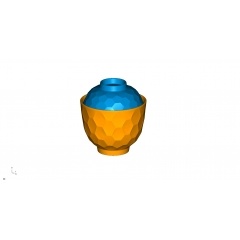 Planta de moldes de vajilla de melamina de China con 4cavity
Planta de moldes de vajilla de melamina de China con 4cavity
Planta de moldes de vajilla de melamina de China con 4cavity
 taller de espectáculo
taller de espectáculo
 productos muestran
productos muestran
 video show
video show
 nuestros certificados
nuestros certificados
el equipo profesional al servicio !